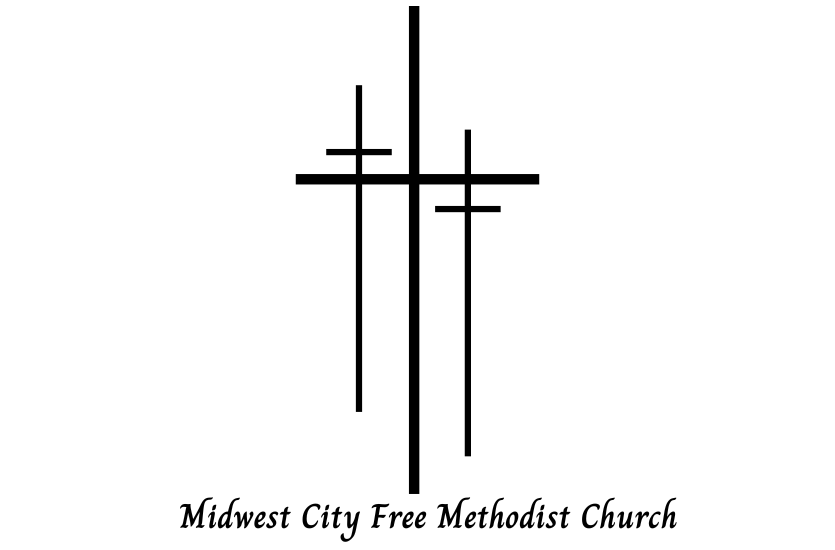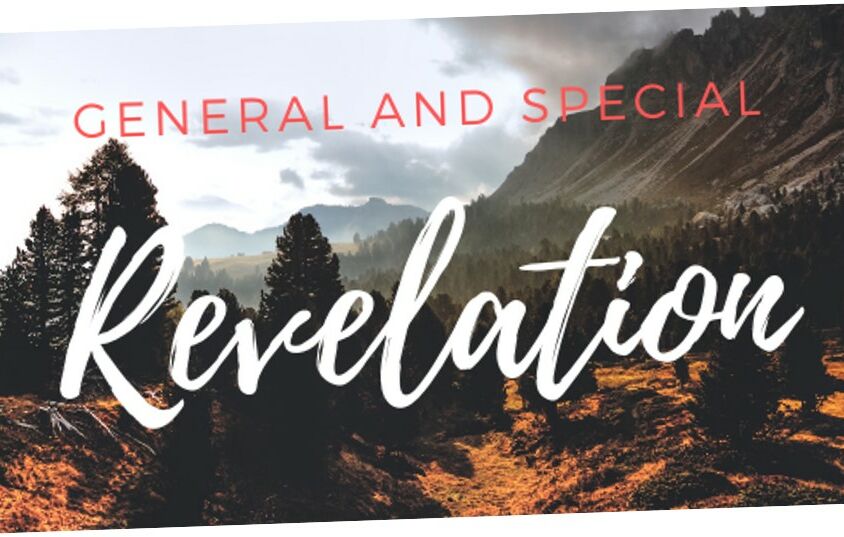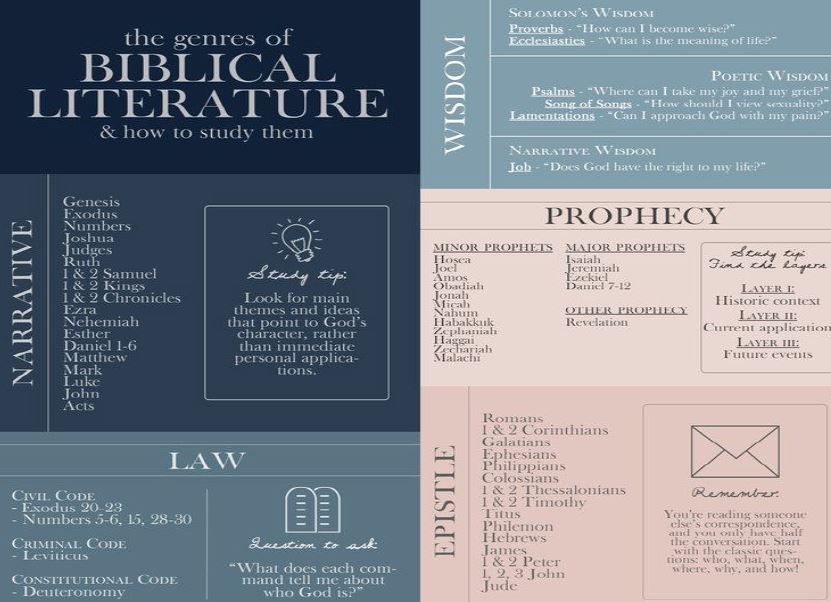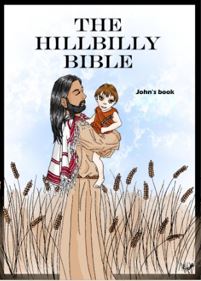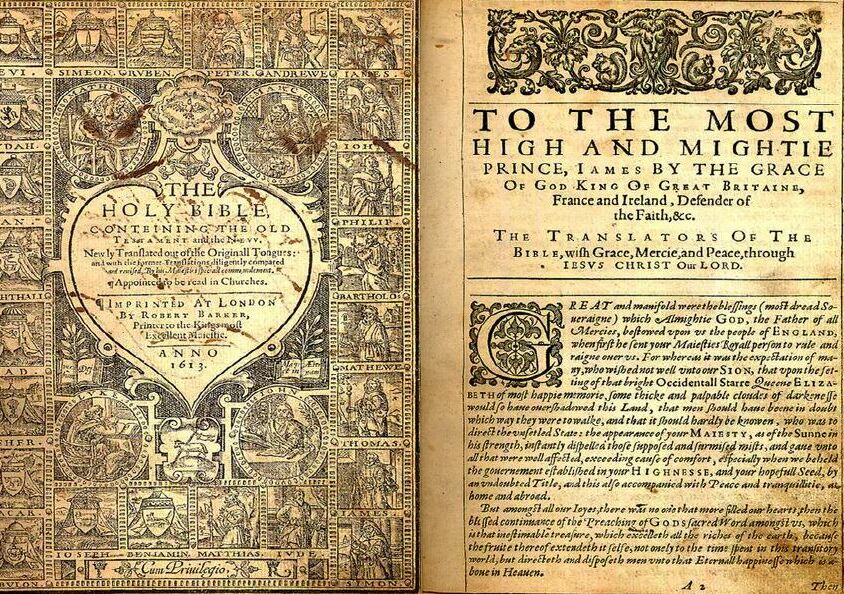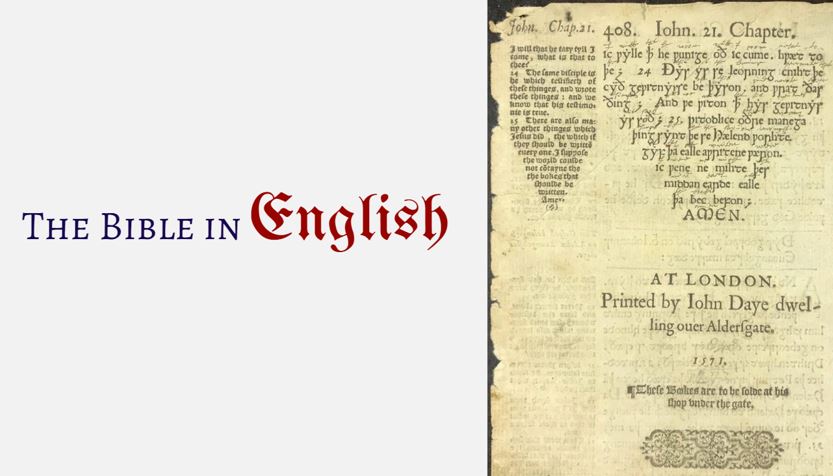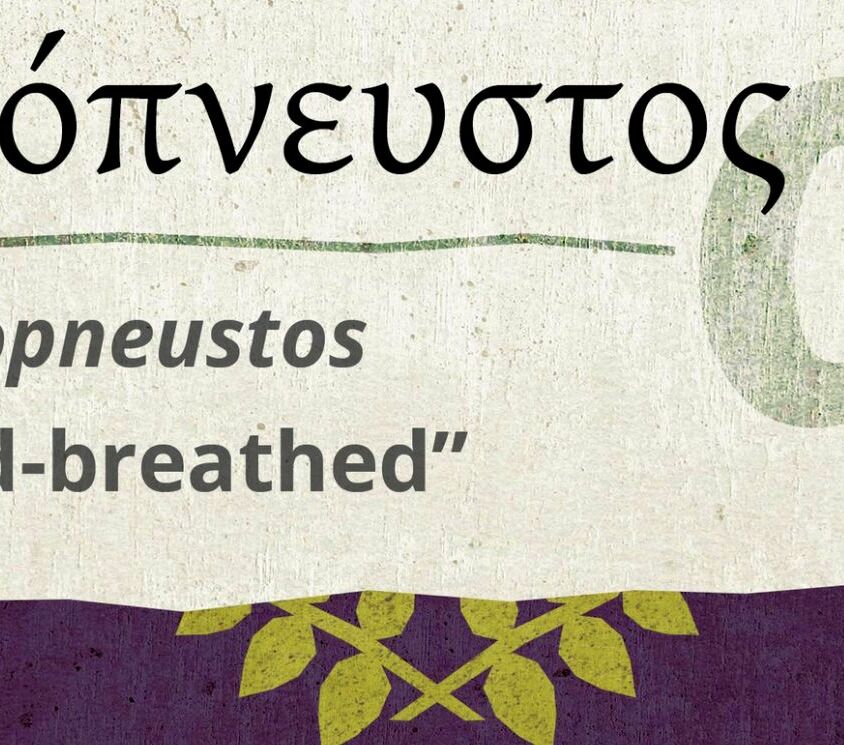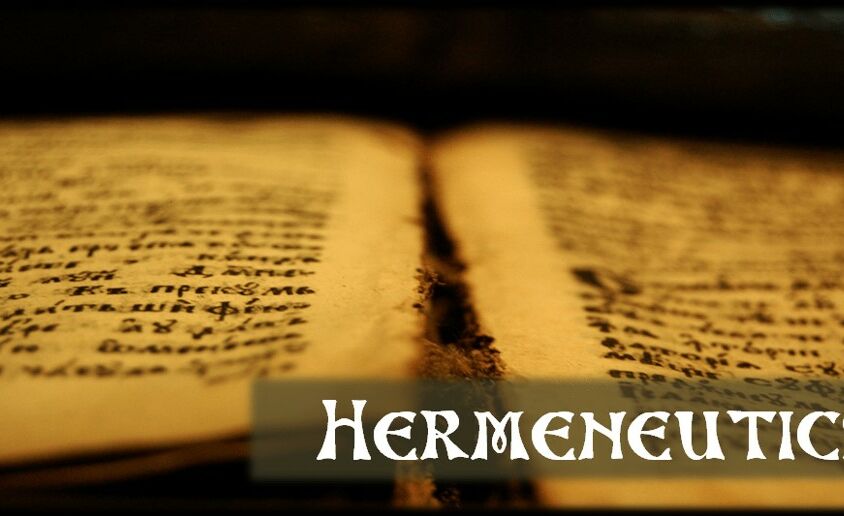bible
The Bible is a collection of various types of writing. These are genres. There’s poetry, law, prophecy, narrative, history, genealogy, proverb, parable, letter, gospel, etc. These make a big difference in how we are to read and interpret, so we have to understand this if we want to read the Bible as we are meant to.
Continuing with the session on Contemporary English Bible Versions, we look at some of the more interesting and even comical “niche” Bibles and paraphrases, including some entertaining readings from the Hillbilly Bible, the Street Bible & the Aussie Bible.
In this session, we look at the history & translation of the most significant English Bible in history. It is also the most printed & widely read English text ever. We look at the origin of the “Authorized Version,” a.k.a. The King James Bible.
The Bible was translated into many languages. Eventually this included English. This session looks at the pivotal figures in the history of how we got the English Bibles we read today.

Session 4 in this class turns to the actual copies of the Bible people have read over the years – which are always translations into other languages. We talk about the concept of translating the Word of God, and some of the most important early translations.

The 3rd session on the Bible. Before we learn to interpret the text, we may ask about its origin and transmission. How did ancient writings come down through time? Can we trust the text in light of this process?
Second session: What sets this book of writings apart? The ancient Jews considered their Scriptures inspired, and the Church followed suit. But what does “inspired” mean exactly?
First session & beginning of a series of classes on Biblical Interpretation, aka Hermeneutics. Why does it matter? What is the main goal?
